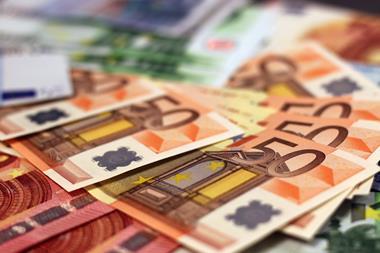GLOBAL - Sovereign wealth funds' (SWFs) collective assets have continued to grow to a staggering $3.22trn (€2.4trn) despite the economic downturn and are still major investors in real estate, according to the 2009 Preqin sovereign wealth fund review.
New SWFs, such as Kazakhstan's $29bn Samruk Kazyna National Welfare Fund, and the reclassification of China's $312bn SAFE Investment Company as a SWF, have pushed aggregate assets under management up 6% over the last year.
"Other institutional investors such as pension funds have been holding back on making new investments, and with traditional sources of financing drying up, and many industries desperate for a cash injection, sovereign wealth funds will be a vitally important source of capital in 2009," said Tim Friedman, head of publications at Preqin.
The Abu Dhabi Investment Authority was the largest SWF in 2008, with $750bn of assets, followed by China's SAFE Investment Company with $311.6bn and Norway's Government Pension Fund - Global with $305.5bn.
The Government of Singapore Investment Corporation (GIC), one of the SWFs to invest largely in real estate, came in fifth with $220bn.
Preqin's report shows 73% of SWFs currently invest in real estate while 51% have holdings in infrastructure.
Of the 61% of SWFs invested in both direct and indirect property, 61% prefer value-added private equity real estate funds or opportunistic vehicles.
According to the review, debt and distressed funds are becoming increasingly attractive in the current economic climate.
"They will also be well-positioned to take advantage of opportunities that arise as a result of the global downturn, and we have already seen an interest from SWFs in alternative funds focusing on distressed markets, and also in private equity secondary markets," said Friedman.
As SWFs are not obliged to pay out liabilities and do not contend with investors withdrawing capital at short notice, they are able to invest in riskier, alternative assets.
Many have decided, however, to concentrate on domestic and regional investments rather than Western opportunities as a result of suffering losses in the economic downturn, according to Preqin.
The report showed all of North America's SWFs invest in real estate and 92% of Middle East and North African ones do. Around two-thirds of Australian SWFs invest in real estate, compared to 50% of European funds and 38% of Asian investors.
North America and Europe were the most popular locations for investing in real estate.
The 2009 Preqin Sovereign Wealth Fund Review covers 55 SWFs worldwide and analyses their activity in real estate, infrastructure, private equity, hedge funds, and fixed income.
If you have any comments you would like to add to this or any other story, contact Julie Henderson on + 44 (0)20 7261 4602 or email julie.henderson@ipe.com












